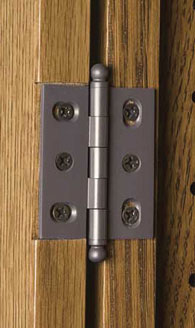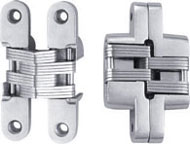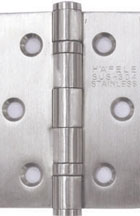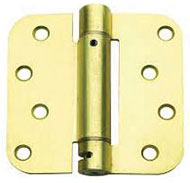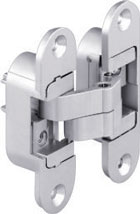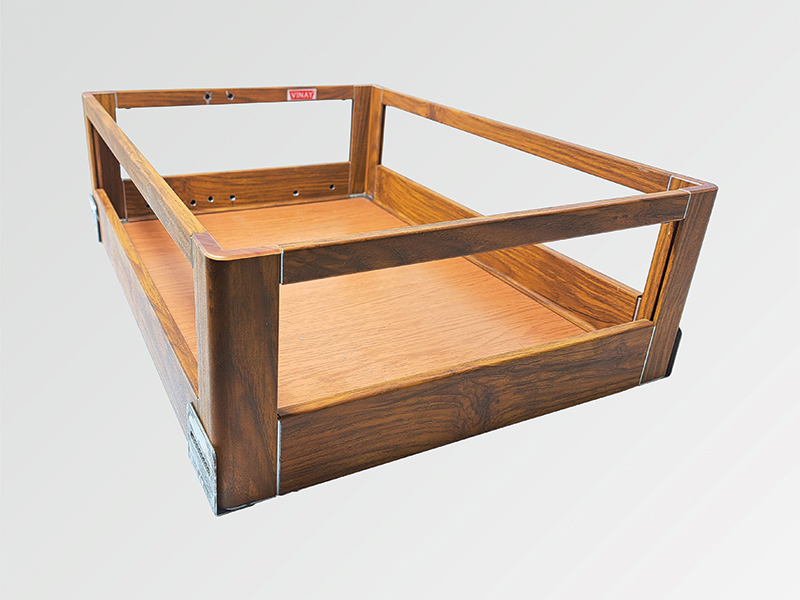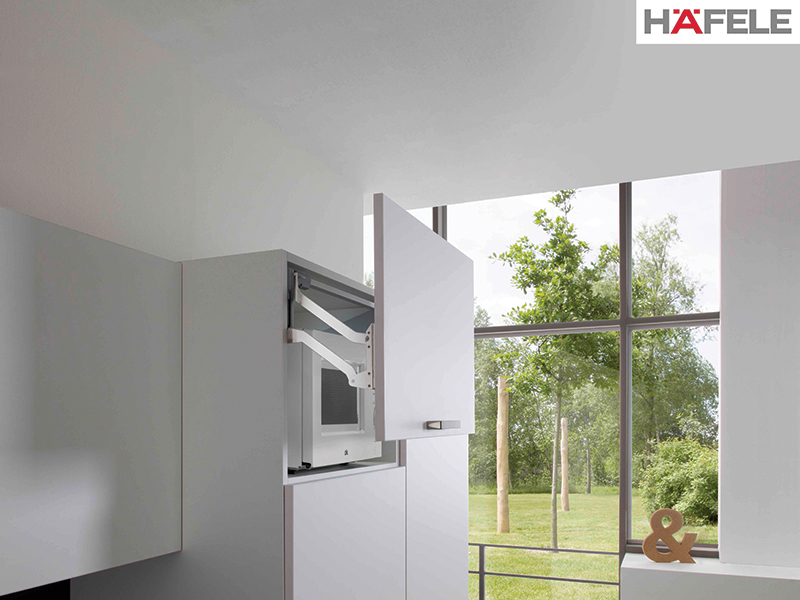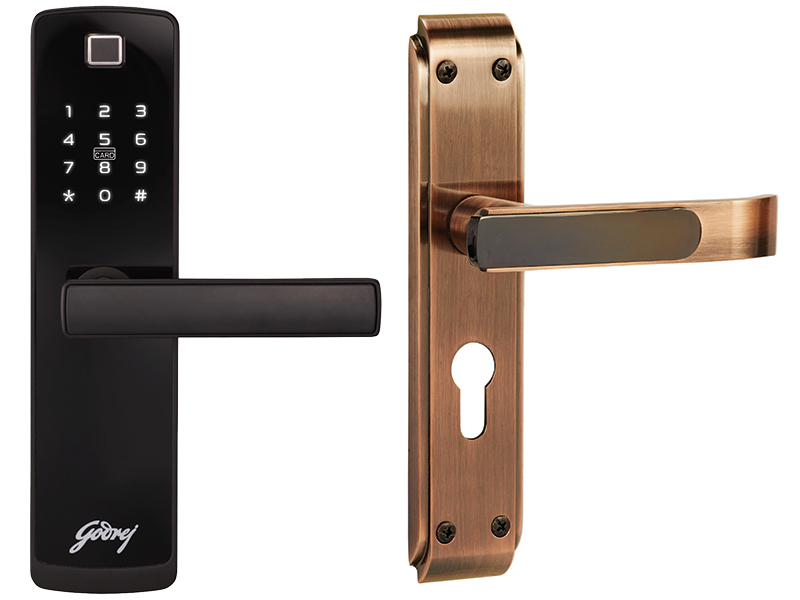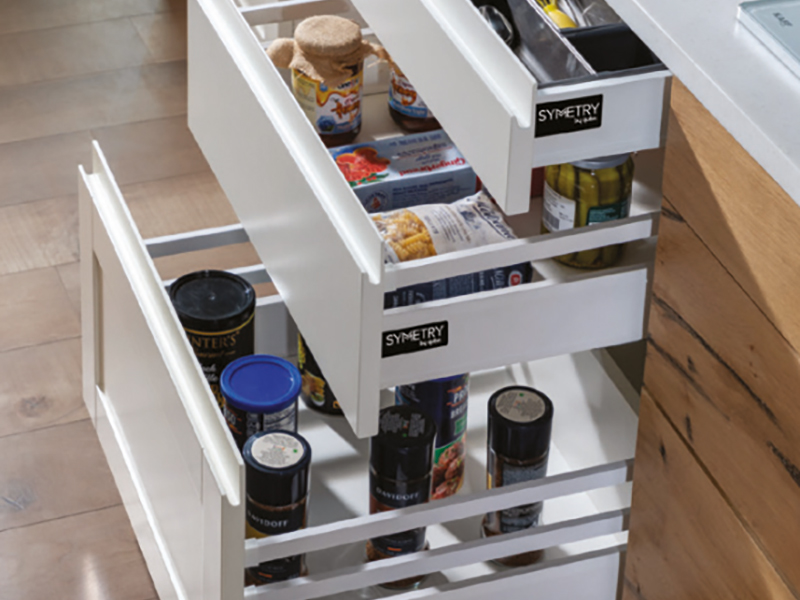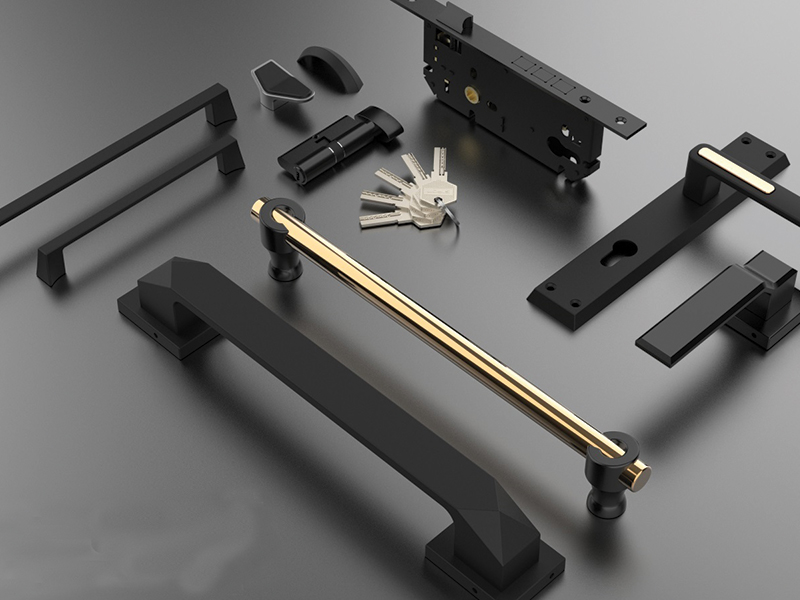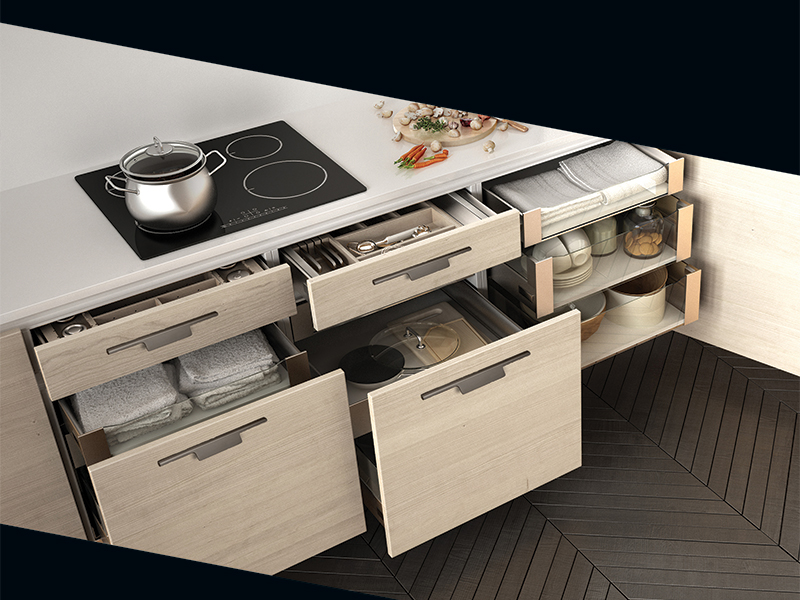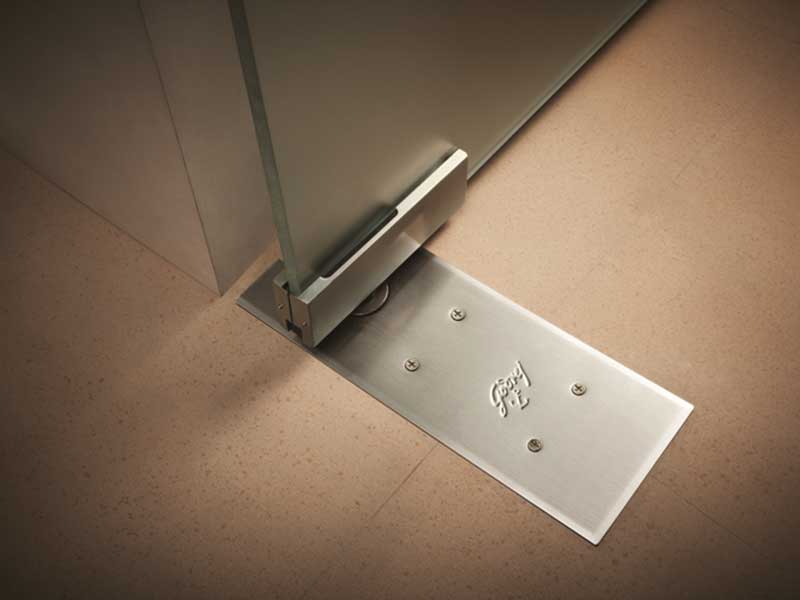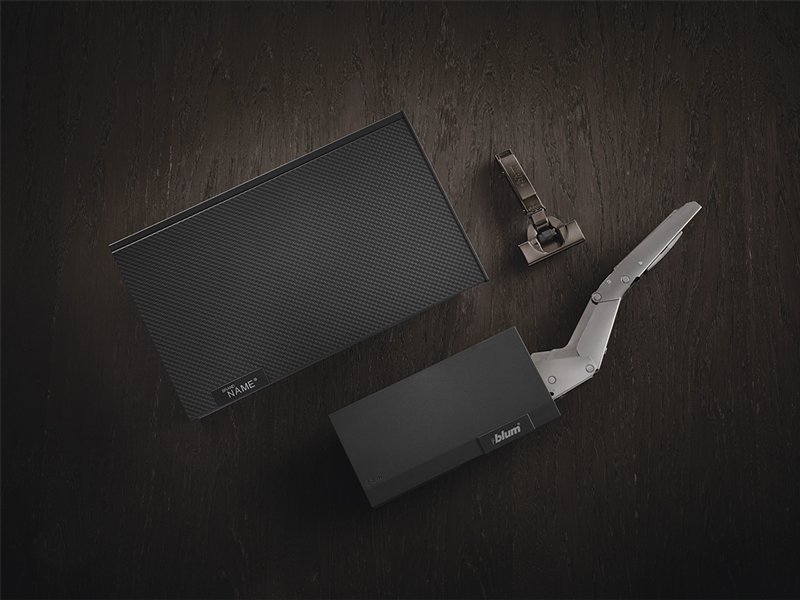Today, there's a befitting hinge for every door category. In layman's terms, a hinge is something which joins two objects. In the Door Hardware parlance, a hinge is a device that allows swinging and turning of a door. However, with the constant evolvement of technology, and changing tastes and preferences, doors too have undergone a drastic change.
Very much in tune with these trends, the whole idea of zeroing on a hinge is governed by various factors. Experts suggest that it's important to take cost-effectiveness, visual appeal, and the type of door into consideration before selecting a hinge. Apart from this, there are some questions that one should ponder upon. For instance, what is the frequency with which people enter a building, or, how many times a door will be opened or closed in a day? Is the door wooden or metallic? In which section of the house/building is the door located? Is there a likelihood of the door would be removed in the future? What is the durability and the thrust-bearing capacity of the door?.....and so on…
MGS Architecture sheds light on some of them.
Butt Hinges
When it comes to door hardware, perhaps the omnipresent Butt Hinge tops the list. In these hinges, there are two leaves, wherein one is connected to the door and the other to the jamb. Due to their various attributes such as usefulness, suitability to most doors, simplicity, and durability, these hinges, for generations, have been a mass favourite.
Within the Butt Hinge, there are three basic categories; Ball Bearing, Security, and Rising.
Ball Bearing Hinges, as the name suggests, function on ball bearings instead of single central pins, and are ideal for heavy doors.
Security Butt Hinges are meant for those wooden doors which are exposed to outside. These hinges work on a remarkable mechanism wherein the door is locked once it's closed. No wonder, the name Security Hinge!
Rising Butt Hinges are designed to lift a door as it opens. Available in clockwise and anticlockwise types, this variant is also ideal for wooden doors.
Piano Hinges
Well, there's nothing musical about Piano Hinges. It's just that they constitute continuous leaves held together by pins, which are usually made of brass or stainless steel, giving a look akin to a Piano! Also known as Continuous Hinges, these door joiners offer a handful of advantages. Notably, these hinges can be adjusted according to the required length, which results in hassle-free door assembling, smooth installation, and accurate alignment within the door frame. Moreover, they ensure invariable load distribution across the door opening thereby guaranteeing longevity. Furniture manufacturers and door assemblers across the world have time and again relied upon these hinges to fine tune their wares.
Concealed Hinges
Designed for cupboard doors, these hinges consist of pivots and brackets. These hinges are invisible as they attach the door and the cupboard internally. If we look from the aesthetic point of view, then concealed hinges fit the bill as they are not exposed to ambient dust, and hence, are easy to clean.
More often than not, hinges leave scars on the door surface if they are removed. Concealed hinges, on the contrary, can be removed and adjusted with ease without defacing the exterior thereby maintaining the overall textural appeal.
Take Apart Hinges
It's quite self-explanatory that these hinges facilitate quick and unhindered door removal, and, are ideal when doors need to be removed and re-fixed on a regular basis. Also known as Slip Joint Hinges, they function on two leaves and one pin. Perhaps what makes Take Apart Hinges a standout is the fact that they can be configured with or without holes.
